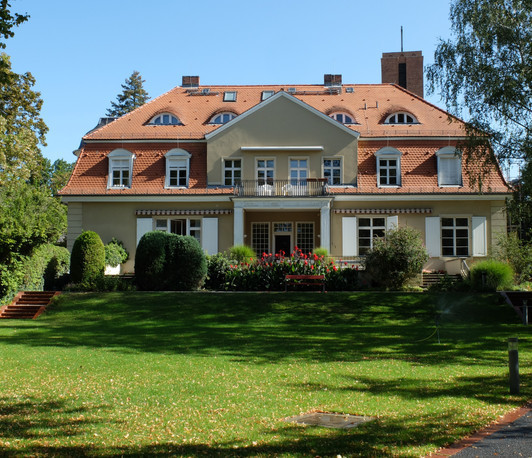New ’Low-Cost’ Electronic Structure Methods for Large Systems
- TH Department Online Seminar
- Date: Mar 16, 2023
- Time: 03:00 PM (Local Time Germany)
- Speaker: Prof. Stefan Grimme
- Mulliken Center for Theoretical Chemistry, Clausius Institute for Physical and Theoretical Chemistry, University of Bonn, Germany
- Location: https://zoom.us/j/97106685817?pwd=U1RlRXRwWDd1aWRlQlgwRURqVzRKdz09
- Room: Meeting ID: 971 0668 5817 | Passcode: 282712
- Host: TH Department

Recently, we proposed a new special purpose tight-binding (TB) electronic Hamiltonian termed PTB[1] which is expressed in an accurate polarized valence double-zeta AO basis set (vDZP). The basis has been specially optimized in molecular DFT calculations using standard ECPs for all elements up to radon[2]. The PTB method aims primarily at reproducing the one-particle density matrix of a DFT reference calculation with the ωB97X-V range-separated hybrid density functional[3] in exactly the same AO basis. The combination of ωB97X(-V) with vDZP/ECP and an adjusted D4 dispersion correction defines a new member in our hierarchy of efficient composite electronic structure methods, termed ωB97X-3c[2] and is used as reference. The PTB procedure is non-self-consistent employing only two matrix diagonalizations, includes new non-local potentials, as well as established parts from GFN-xTB and requires only simple overlap integrals as input. Compared to ωB97X-3c calculations, speedups of 3-4 orders of magnitude are achieved so that runs for molecules with 100-200 atoms are completed in a few seconds of computation time on standard desktop computers. The use of the PTB density in typical computational chemistry applications as well as for non-SCF-iterative DFT-GGA schemes is discussed.
[1] S. Grimme, M. Müller, A. Hansen, J. Chem. Phys., DOI: 10.1063/5.0137838.
[2] M. Müller, A. Hansen, S. Grimme, J. Chem. Phys. 158 (2023) 014103.
[3] N. Mardirossian and M. Head-Gordon, Phys. Chem. Chem. Phys. 16 (2016) 9904.